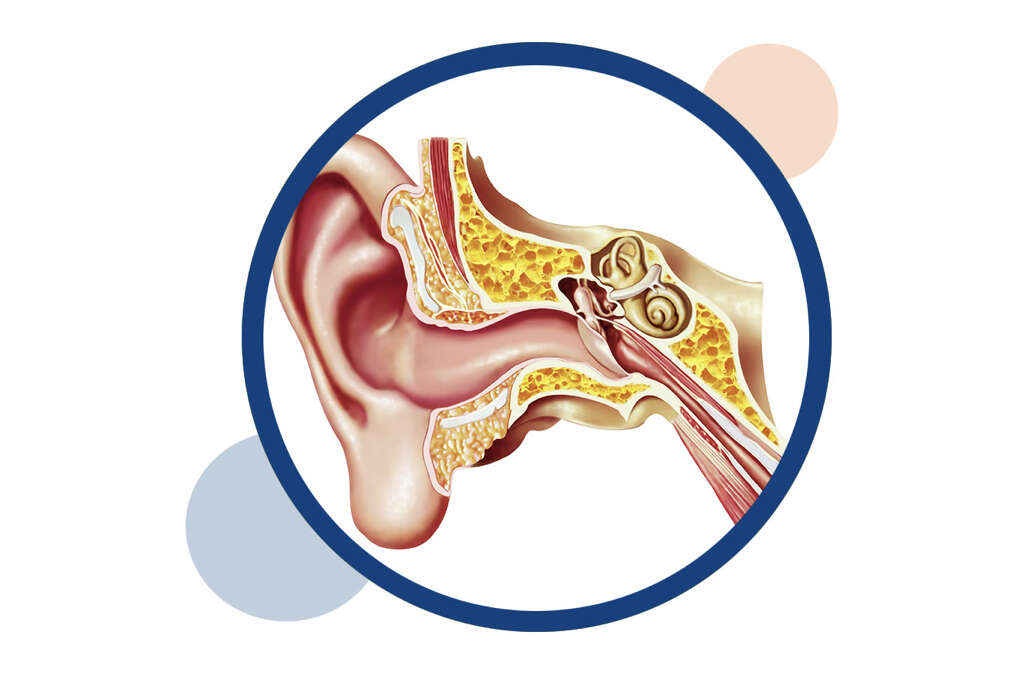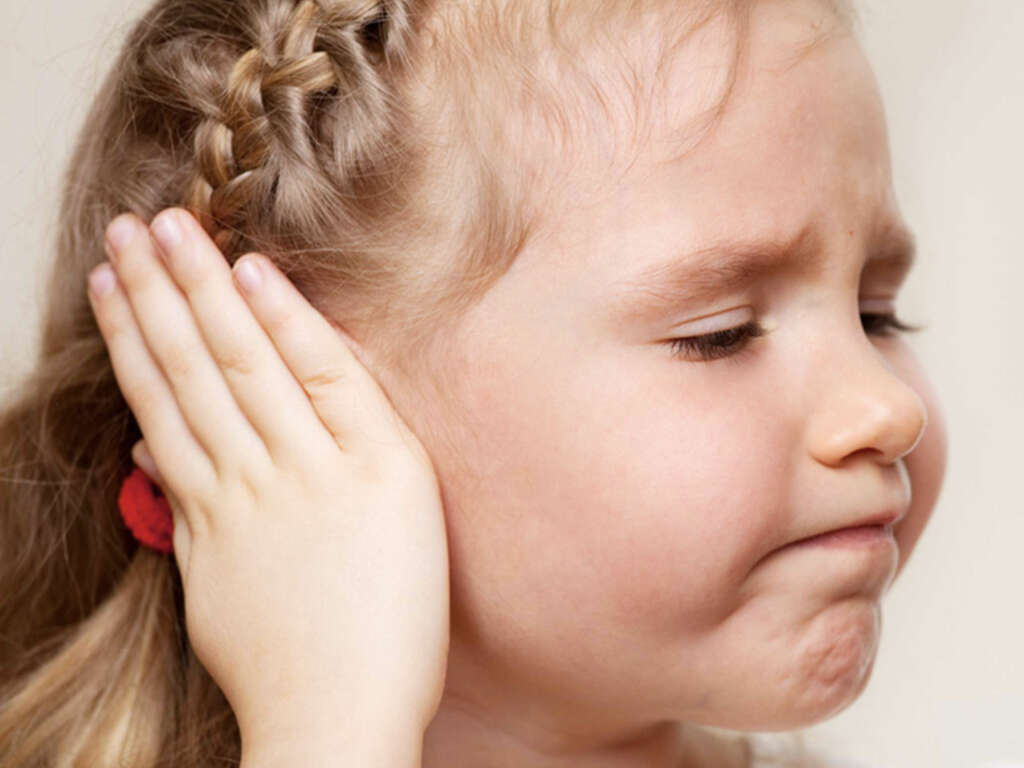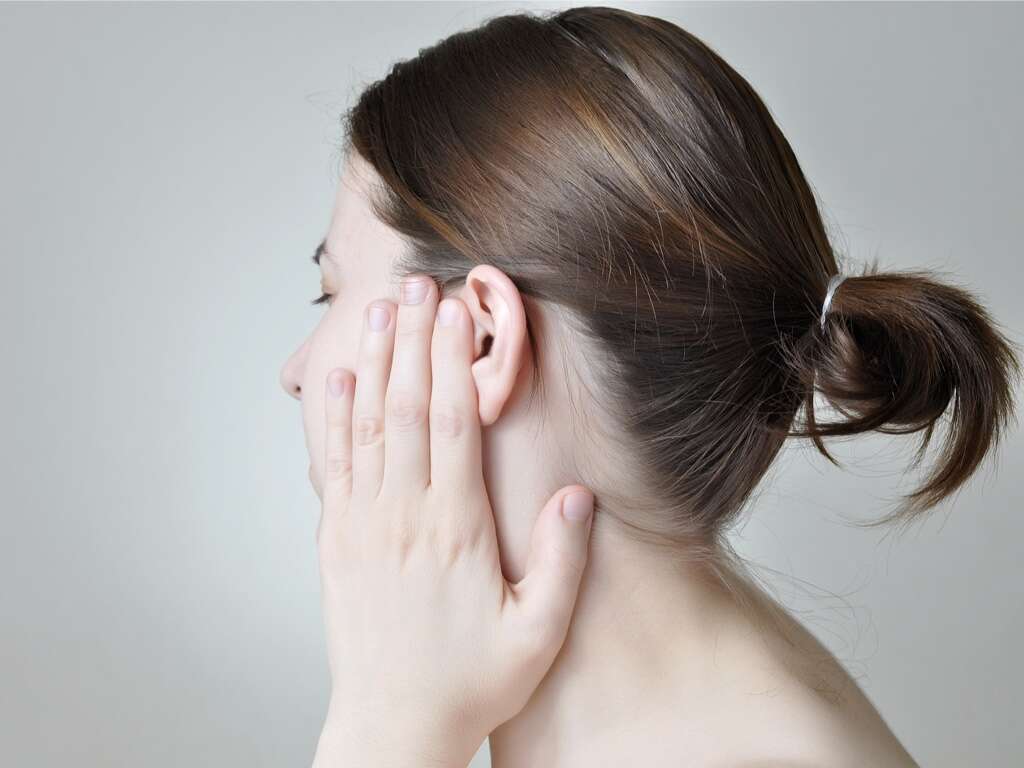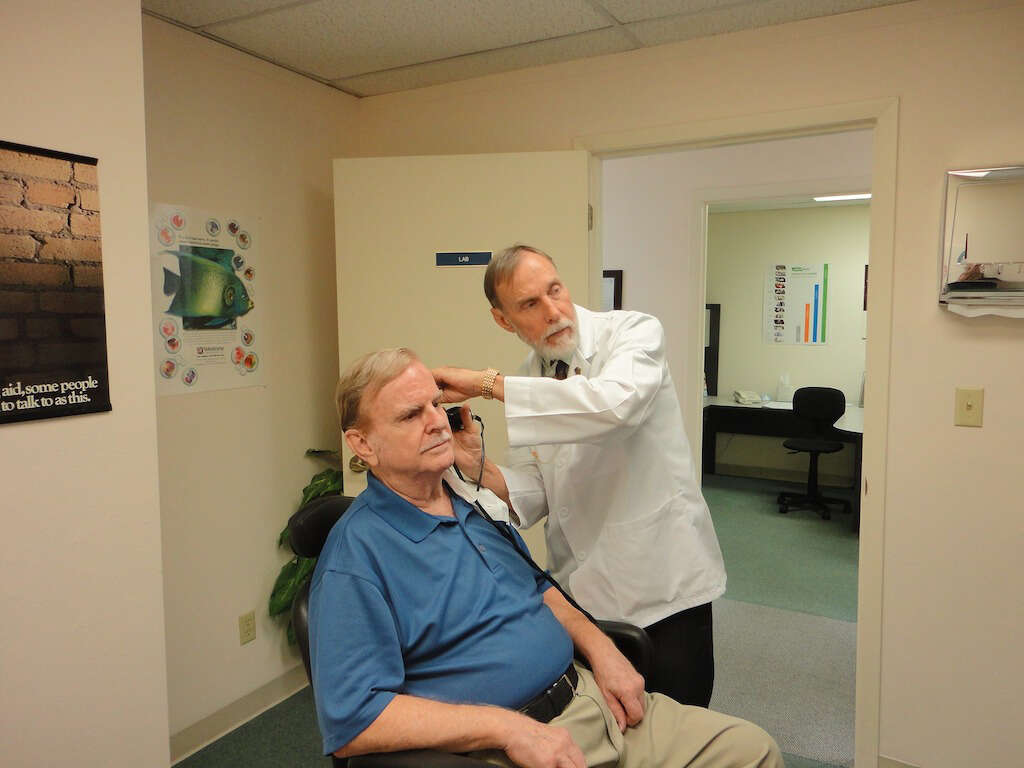What Is an Ear Infection?
The main function of our ears is to allow us to hear what is going on around us. This happens because delicate organs in our ears detect the sound waves flowing around us, and the brain is then able to translate these waves into what we know as sound.
The ear also performs other functions, such as helping us to balance, making it even more important for us. If we were to have something go wrong with our ears then it could change our lives drastically. There are things that can go wrong, including infections, although thankfully these are not usually serious.
1. Acute Otitis Media
Acute otitis media is the technical medical term for an ear infection. The inner ear is located deep inside our skull and behind our ear drum. This is where the apparatus that help us to hear and balance are located. Although the inner is located within the skill, it is still prone to becoming infected from time to time.
Ear infections can be very painful, and they can also make us feel very ill. They are usually not serious however, and most people will make a full recovery with no lasting damage done. Ear infections can become serious if left untreated, however, so it is a good idea to speak with a doctor as soon as you suspect you might have one.
2. Eustachian Tubes
Inside our ears are narrow tubes that run from the back of the throat to the middle ear. These tubes are known as the Eustachian tubes. They serve a handful of purposes, including helping to drain secretions, and regulating the air pressure in the inner ear. If these tubes become blocked then they can become infected.
Close to the opening of the Eustachian tubes are the adenoids. These are small masses of tissues that are basically the same thing as tonsils. If the adenoids become inflamed then they can end up blocking the Eustachian tubes. This will be the underlying cause of an ear infection in some cases.

3. Causes
The majority of ear infections are caused by bacteria; making up around 85% of all cases. The most common culprits include Streptococcus pneumonia, Moraxella, Pseudomonas, and Hemophilus influenza. Viruses are also sometimes responsible for ear infections, although these make up only around 15% of all cases.
As mentioned, ear infections are sometimes caused by a blockage in the Eustachian tubes. This will tend to happen when the patient is ill with another disease that causes inflammation and congestion. This means that even mild diseases like the flu and the common cold will sometimes cause an ear infection. Allergies are also sometimes responsible.
4. Symptoms
The symptoms of an ear infection will usually develop suddenly. Perhaps the most typical symptom is pain in the ear and there may also be a discharge. The patient’s hearing can be affected, while the patient can also develop problems with their balance.
Ear infections are relatively common in young children. The symptoms to look out for include sleeplessness, irritability, crying more than usual, and tugging at their ear. The patient can also lose their appetite, and they may also not respond to sound as well as they usually would. The patient is also likely to have a fever, which can be higher than 38 C.

5. Complications
Complications will arise from ear infections in a small number of cases. For instance, the infection will sometimes spread to other parts of the body. In rare cases, this can even result in meningitis, which is a potentially life threatening condition. Tears of the eardrum can also happen, and surgery will sometimes be necessary to repair the damage.
In severe cases, the infection can cause permanent damage to the delicate apparatus in the inner ear. This can lead to impaired hearing, or even complete hearing loss in the infected ear. If this happens in young children, hearing loss can contribute to developmental delays.
6. Related Conditions
In addition to acute otitis media, there are also other types of ear conditions that can have similar symptoms. This includes otitis media with effusion, which is a buildup of fluid in the ear. This can occur as the result of an infection, or a blockage of the Eustachian tubes that is not infectious.
This can also become chronic otitis media with effusion, which means that the condition keeps on returning. An infection is not necessarily present, but it will make the patient more prone to developing an infection. There is also chronic suppurative otitis media, which is an infection that will not go away even with treatment.

7. Risk Factors
People of all ages can develop an ear infection, but children under 2 years old are most prone. This is because of weaker immune systems, and because smaller tubes make blockages more likely. Another reason is that children tend to stay close together in groups at nurseries and other care centers.
People born with a cleft palate are also more prone to ear infections, as are people of Alaskan native heritage. Being exposed to poor air quality is another factor, and this includes being in rooms with a lot of cigarette and cigar smoke. People with allergies like hay fever are also more prone to ear infections.
8. Prevention
One way to help prevent ear infections is to help prevent the illnesses that can lead to an ear infection developing. This includes maintaining good hygiene standards such as washing your hands regularly and covering your mouth and nose when sneezing or coughing. Children should also be taught these hygiene standards.
It can also help to avoid being in areas where there is a lot of smoke, and avoid exposing children to cigarette smoke. Antihistamines can also help treat allergies, and this can also help prevent ear infections. For babies, breastfeeding will help to give then the nutrients and antibodies that they need to strengthen their immune system.

9. Diagnosis
In many cases, asking about your symptoms and performing a brief physical exam will be all a doctor needs to make a diagnosis. This is often done with help from a pneumatic otoscope, which helps the doctor to see if the ear is filled with fluid. Other tools are also available that will help a doctor to get an idea of the overall health of the patient’s ear.
Other available tests include acoustic reflectometry, which measures how much sound is bouncing back from the eardrum. There is also tympanometry which measures how much the eardrum is moving, helping to give an indication of pressure inside the ear.
10. Treatment
In the majority of cases, an ear infection will clear up without any treatment. The patient will likely be asked to get plenty of rest, and they may also be given medication to help sooth their symptoms. This will typically include medication that will help to reduce the pain.
If the infection is considered to be severe enough then antibiotics will likely be administered. The type of antibiotic and the dosage will depend on the type of bacteria present, and how bad the infection is. The patient should finish the course of antibiotics clearly to help ensure all of the bacteria have been killed.











